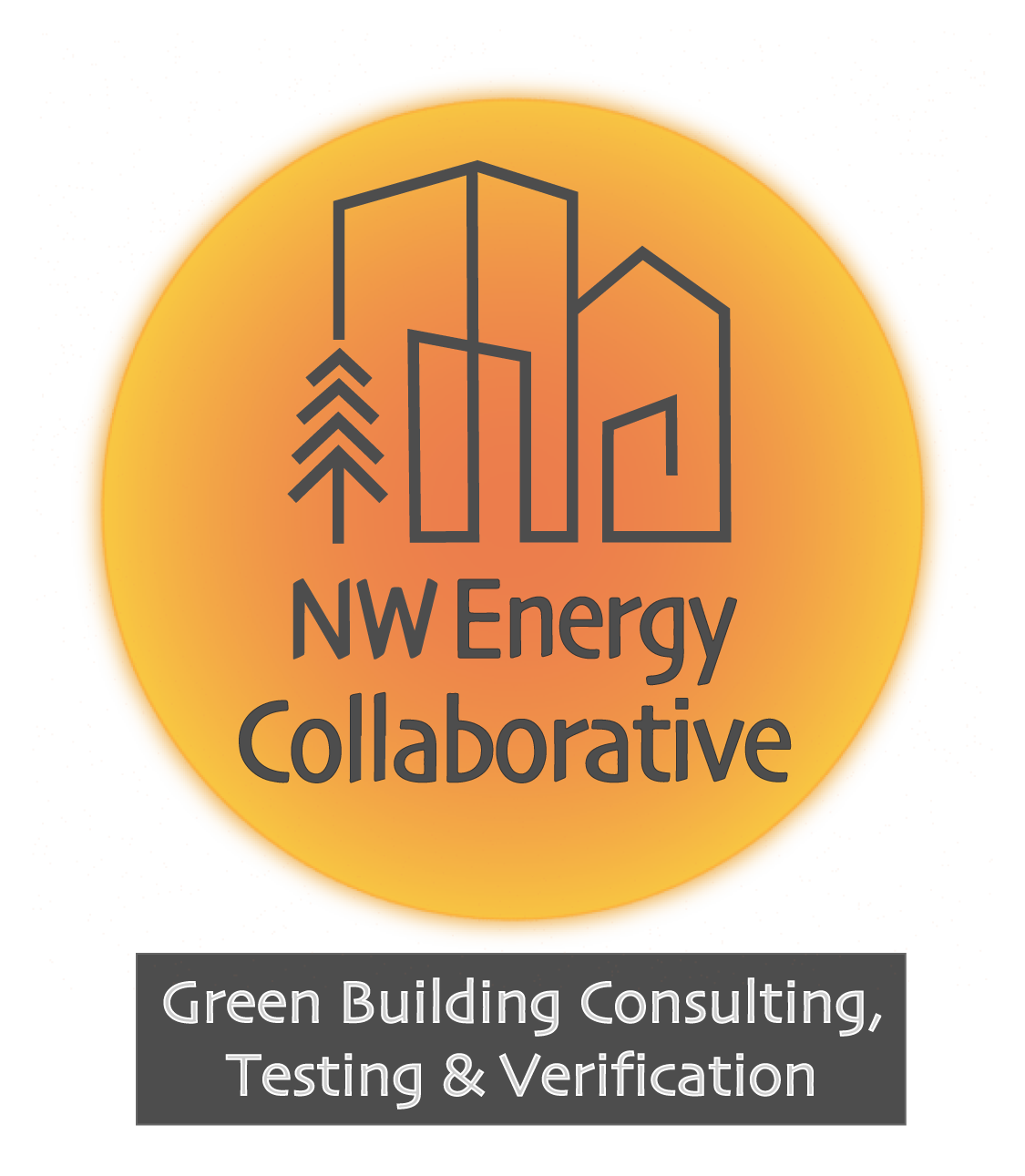When do we need fresh air in our homes?
Q: When do we need fresh air in our homes and apartments?
A: All the time!
As part of the 2018 Washington Energy Code, Washington State joined many other states in the US by requiring all new construction multi-family and single-family residential buildings to have mechanical whole-home ventilation systems. The intent of the new code is to ensure fresh air is constantly circulated into the conditioned living space of the occupants. As the residential building envelope has gotten tighter over the years, the current WA energy code requires a measured tightness of 5 Air Changes per Hour (ACH50). The need for fresh air has become paramount to preventing respiratory illness in tenants. In the past, buildings were draftier than the new construction homes being built today. Back before air conditioning, windows were left open daily, which exchanged the home’s indoor air with constant fresh air. These days, we tend to keep our windows closed in the winter and summer to reduce energy bills. Surely, “close the door, we aren’t heating the neighborhood!” is common household terminology.
As buildings become less drafty and more energy-efficient, they also reduce the air changes inside the buildings, which leads to occupants breathing in stale, humid, and in some cases unhealthy air. These new mechanical ventilation systems are increasingly becoming a construction standard around the country, and significantly reduce the risk of respiratory illness in the home. While the additional measure may seem like another layer of complication for new construction projects -- there are several different ventilation strategies that builders and contractors can employ to meet the requirements of the energy code.
Residential Ventilation Strategies
Exhaust Only:
An exhaust fan is installed that is constantly removing indoor air from the living space. Due to the constant air exhaustion, negative pressure will develop in the home — which could negatively affect the air quality of the home by bringing in musty, humid air from undesirable locations in your home like the attic and crawl space. While this is the most basic and cost-effective strategy, if available, other ventilation strategies are preferred.
Supply Only:
A supply fan is installed that constantly introduces supply air to the living space. Due to the constant supply of fresh air, the home is placed under a slight positive pressure, which can prevent musty air from intruding into your home. The supply-only systems are often integrated into the return plenum of the HVAC system and distributed through the supply ducts. Humidistats and Outdoor Air Quality Monitors can be wired to the supply fans as well, which stops the fan and prevents humid air or contaminated exterior air from entering the home.
Balanced System:
A fan unit comprised of two fans (supply and exhaust) is installed in the home. They are designed to supply the home with constant fresh air and exhaust indoor air at a balanced flow rate. The balanced approach to ventilation minimizes pressure imbalances within the home and prevents pressure imbalances in the home. They operate also as a heat exchanging device — the supply air mixes with exhaust air mix prior to being introduced to the home. This design reduces the amount of temperature difference between the indoor air and fresh supply air, which leads to increased comfort and utility savings for the homeowner. These pieces of equipment are called Energy Recovery Ventilator/Heat Recovery Ventilator) (ERV/HRV), and they are the most effective and comprehensive ventilation strategy for residential homes.
In addition to the ventilation requirement, the proper airflow and operation must also be tested and verified by a certified HERS or BPI rater. Northwest Energy Cooperative has certified HERS raters and BPI building analysts on staff that specialize in accurate testing to ensure that these new construction units meet the energy code requirements, but more importantly, provide the occupants with a constant source of fresh healthy air.
Contact Northwest Energy Collaborative to learn more about our ventilation testing services and how we can help you on your projects!
